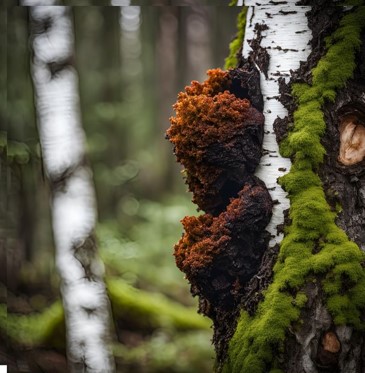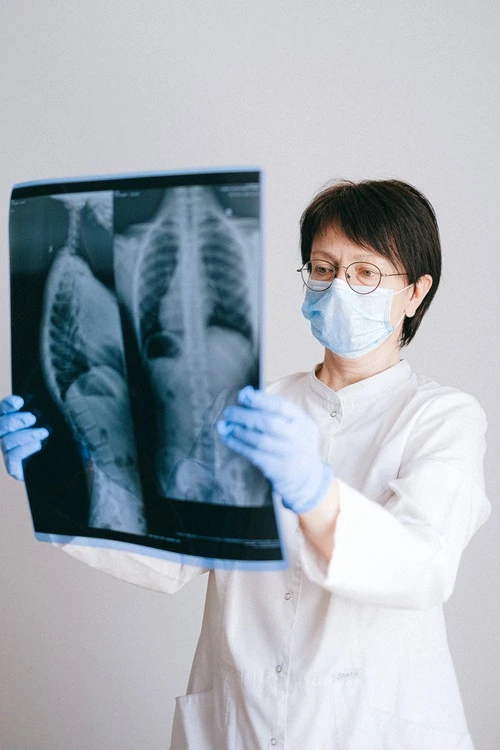High blood pressure often stems from a combination of liver overload, stress hormones, inflammation, thickened blood, and emotional tension. Addressing these gently and naturally can help the body return to balance.
Read full articleDiscover what Hashimoto’s disease is, its root causes, and how lifestyle, diet, and natural support can help you restore balance and thyroid health.
Read full articleWondering how to cure depression? Explore root causes like toxins, deficiencies, and lifestyle imbalances — plus natural steps to restore hope and healing.
Read full articleLearn if pneumonia is contagious, how it spreads, and practical steps to protect yourself and loved ones. Understand symptoms and prevention naturally.
Read full articleDiscover what kills toenail fungus safely. Learn natural remedies, hygiene tips, and lifestyle changes to restore healthy nails and prevent recurrence.
Read full article
Chaga (Inonotus obliquus) is a distinctive mushroom known for its health benefits and unique appearance. The word itself, tschaga, is of Russian origin, borrowed from northeastern dialect called Komi and it simply means “mushroom”. Chaga grows primarily on birch trees in cold climates, such as Siberia, northern Europe, and parts of North America. Chaga has a hard, black, crusty exterior that resembles burnt charcoal, while its inner core is a soft, orange-brown color.
Read full article
Osteoarthritis is the most common form of arthritis. The term comes from mid 16th century, via Latin from Greek, from the word arthron, meaning ‘joint’. “-Itis” is a suffix in medicine and it means Inflammation. Osteo means bone. Put them together and you get: inflammation of the bony joints!Osteoarthritis is the most common chronic, degenerative joint disease with a prevalence of 38% in Canada (followed by heart disease at 27%) that affects mostly middle-aged and older adults (me included!). Osteoarthritis causes the breakdown of joint cartilage. It can occur in any joint, but it most often affects the hands, knees, hips, or spine.
Read full article
Headaches are common among teenage girls, especially around their menstrual cycles. Hormonal fluctuations—mainly changes in estrogen and progesterone—can trigger migraines and tension headaches before or during menstruation. These headaches may affect mood, concentration, and daily activities. Understanding the link between the menstrual cycle and headaches helps teens manage symptoms better through lifestyle changes, hydration, stress reduction, and, when needed, natural or medical treatments. Early awareness and care can improve quality of life during these challenging times.
Read full article